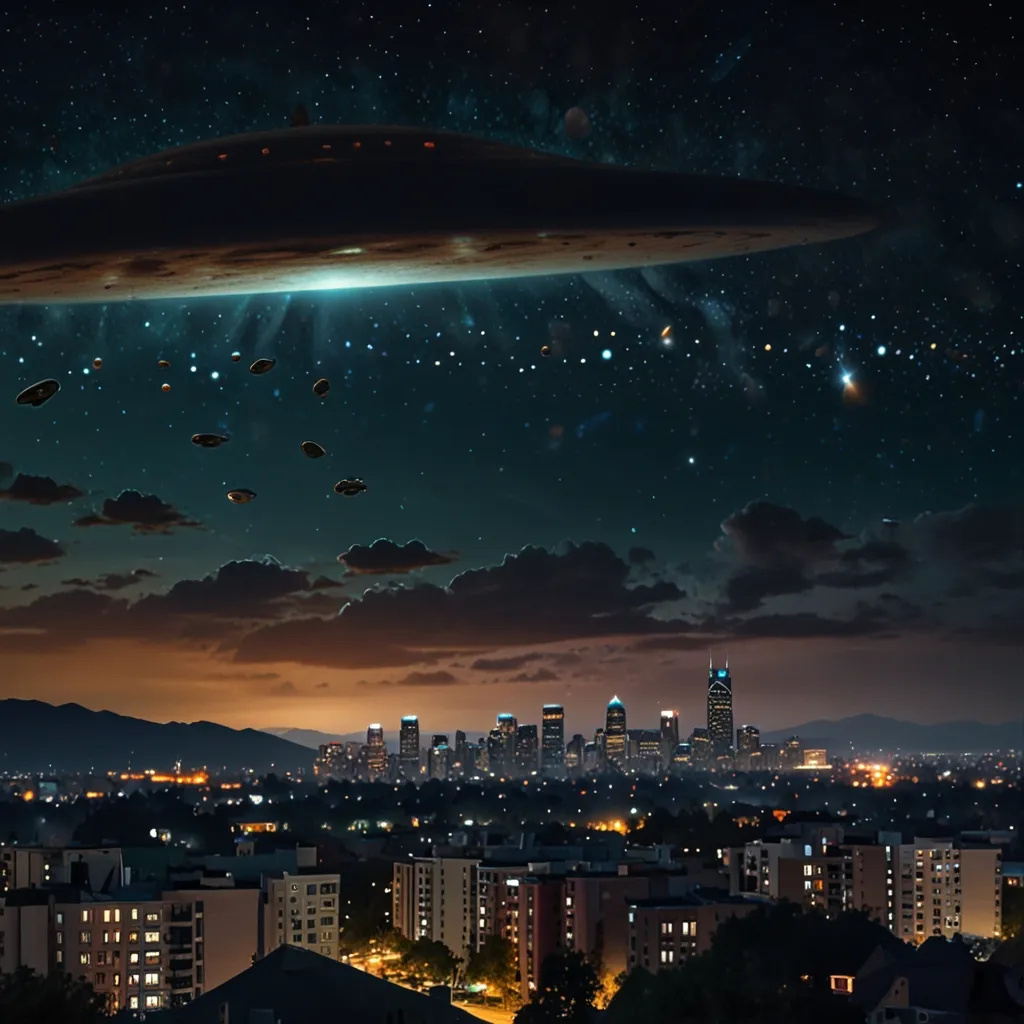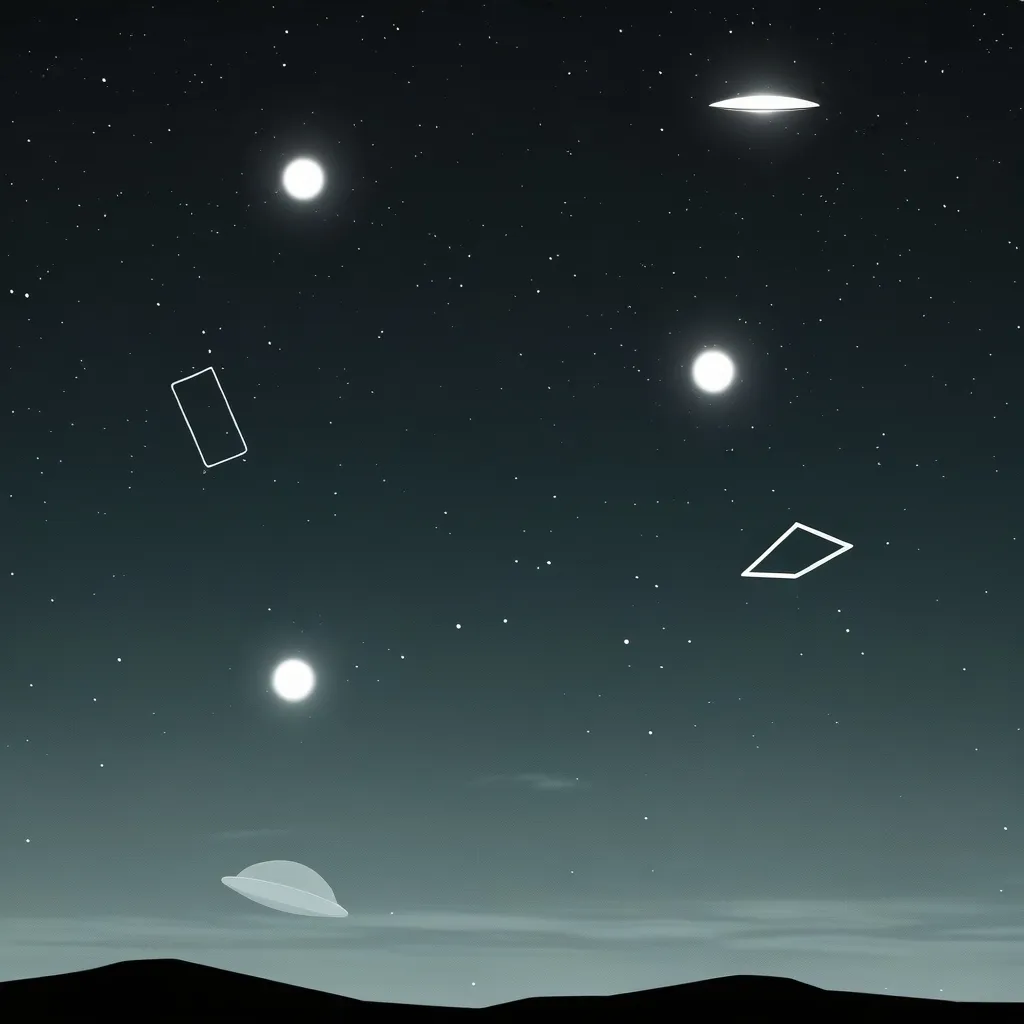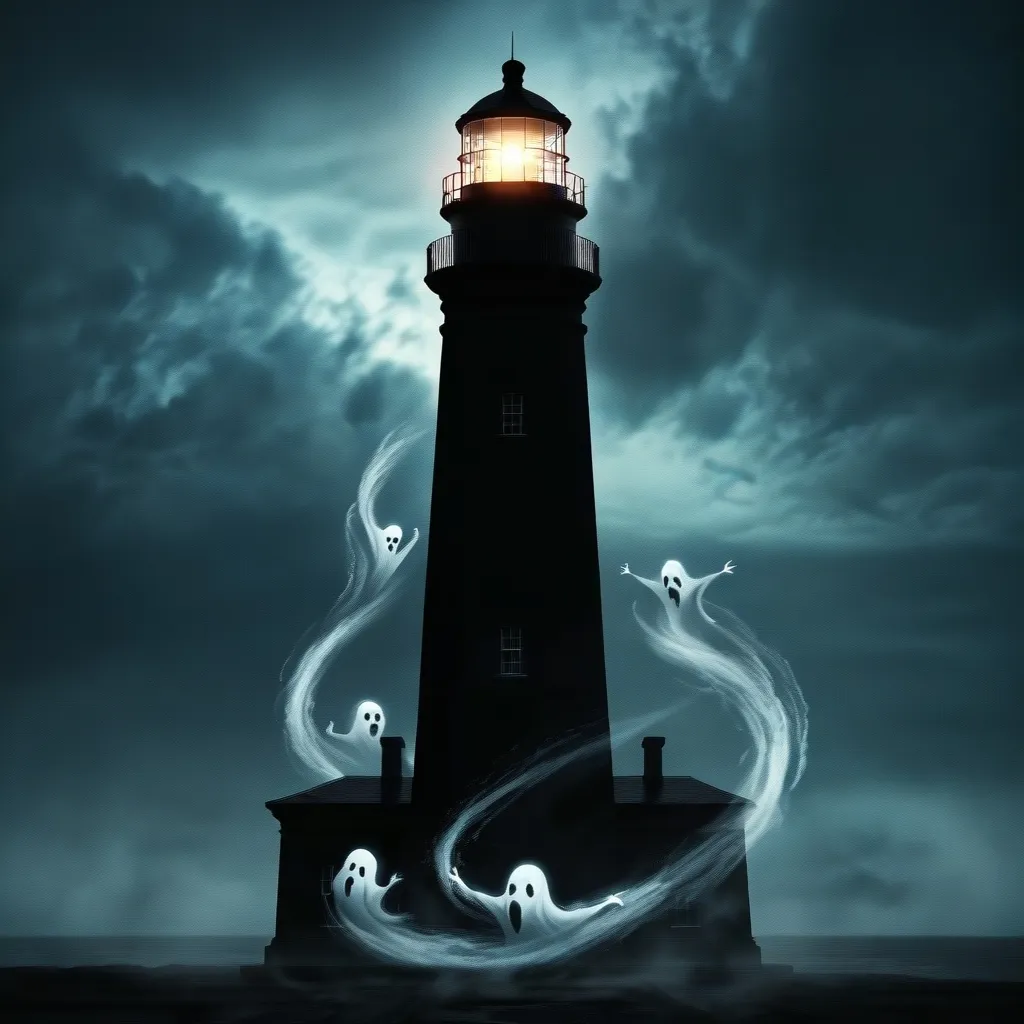According to a National Geographic survey, a staggering 77% of Americans believe there’s evidence suggesting that aliens have paid us a visit. Think about that—an overwhelming majority convinced we’re not alone. But here’s the kicker: official recognition from the government is still nowhere to be found. Are we on the brink of disclosure, or is the UFO phenomenon merely a product of our overactive imaginations?
In recent times, more and more scientists and researchers who have built their careers on credibility are pressing hard for the truth. Take Stanton Friedman, for instance—a heavy hitter in the world of nuclear physics who has worked with big names like GM and GE. This guy has published over 90 papers on UFOs and made a ton of TV and radio appearances. Imagine a Woodward and Bernstein, but for aliens. Friedman insists the data is there, hidden in CIA and NSA documents.
Then there’s Jim Mars, who’s penned the top-selling non-fiction book on UFOs, “Alien Agenda.” He even teaches a course on UFOs at the University of Texas at Arlington. Honestly, anyone can Google UFOs and see loads of images. Hallucinations don’t get captured on camera, so these sightings are definitely real. The big question is: what’s the alien agenda?
Steven Basset is another advocate, fervently working to end what he calls a 68-year “truth embargo” imposed by the government concerning extraterrestrials. Imagine a new era of scientific enlightenment and political transparency, all just a government disclosure away. Similar cries for honesty come from Kathleen Marden, an award-winning researcher renowned for her work on the Betty and Barney Hill abduction case. The evidence from this case, she asserts, is solid and covered up by both government officials and skeptics aiming to discredit the story.
Ron James, a filmmaker and writer, believes there are numerous alien races more advanced than us—races we can barely comprehend in terms of technology. Patty Grea, a crop circle researcher, has dedicated years to investigating these phenomena, merging metaphysics and science to provide a deeper understanding. Unfortunately, she and others in the field are often silenced, their crucial findings brushed under the rug by those who prefer to keep us in the dark.
The scenario isn’t looking rosy if you’re waiting for a grand government press conference revealing everything about UFOs. According to these experts, the truth has been systematically hidden for years. But imagine once that veil is lifted—intense global engagement and, potentially, open contact with extraterrestrial beings within just a couple of years.
We live in a world where trillions are spent on military endeavors, yet children die daily from preventable diseases and starvation. The significance of nationalism dwarfs all, making full disclosure highly improbable. But as political and media pressures converge, knowledge about extraterrestrial life is seeping out. People are more aware than ever, thanks in no small part to movies, TV shows, and news reports peppering our daily lives with references to alien encounters and UFO sightings.
Some researchers argue that if the government doesn’t disclose soon, extraterrestrials might take it upon themselves to force the issue. Imagine an alien race simply hovering over a major city long enough for news crews to capture indisputable footage—game over for secrecy.
Film and media have tapped into our collective curiosity about extraterrestrials for decades. Directors like Richard Lowry create films that, while fictional, offer stark warnings about our destructive tendencies and the sobering possibility of alien intervention.
The human role in the universe might seem trivial to an extraterrestrial civilization. We often don’t dialogue with creatures we consider lesser, like squirrels in a backyard. So, why would an alien race, potentially billions of years more advanced, negotiate with us? The reality, many believe, is that if they wanted to destroy us, they easily could. The fact that they haven’t suggests other intentions—perhaps observation, perhaps even guidance towards a more enlightened path.
When discussing the potential existence of aliens, many skeptics point to historical projects that aimed to debunk UFO sightings. But consider the timing and nature of these sightings—often following moments of significant human advancement like the atomic bomb. Jim Mars and others believe that these technological leaps drew extraterrestrial attention, concerned about humanity’s newfound power.
Farmers in fields hit by crop circles speak of unusual energy, with plants inside these formations often growing healthier and more abundantly. Researchers like Grea document these phenomena meticulously, despite governmental pressure to destroy evidence quickly.
Underground bases, both military and potentially alien, add another layer of intrigue. There are longstanding speculations about secret facilities where Earthly and extraterrestrial technologies are studied, possibly even developed in partnership. Ask anyone who’s delved into these mysteries, and you’ll get a glimpse of a secretive world far removed from the one we know.
Books like “The Day After Roswell” suggest that not only have we found extraterrestrial crafts but have also reversed engineered their technology. Imagine having access to propulsion systems and energy sources beyond our wildest dreams. If such technological marvels exist and are hidden from us, the implications are enormous. People are dying from lack of resources and energy, while transformative solutions might be locked away in secret bunkers.
As much as half of the interested population believes the time has come for disclosure. Yet, the military-industrial complex doesn’t operate on public consensus. Their advanced technology—radar systems, spy satellites, and more—is inherently classified, keeping the truth nestled in a labyrinth of secrecy.
Personal accounts, like those of Kathleen Marden about her aunt and uncle, Betty and Barney Hill, highlight the human side of these encounters. These stories bring authenticity, making the abstract tangible. Crop circle researchers find themselves in philosophical dialogues with inexplicable phenomena, relaying messages that seem too profound to ignore.
In the end, whether or not full government disclosure happens, the evidence keeps mounting, and the pressure continues to build. The fundamental question remains: are we ready to accept that we are not alone?
As we edge closer to potential disclosure, one thing is sure—the conversation about extraterrestrials is no longer confined to fringe theorists. It’s inching its way to mainstream acceptance, fueled by undeniable data, credible witnesses, and relentless advocates for the truth.
And that, my friends, might be the start of a new era for humanity, one where our place in the universe finally becomes clear.






